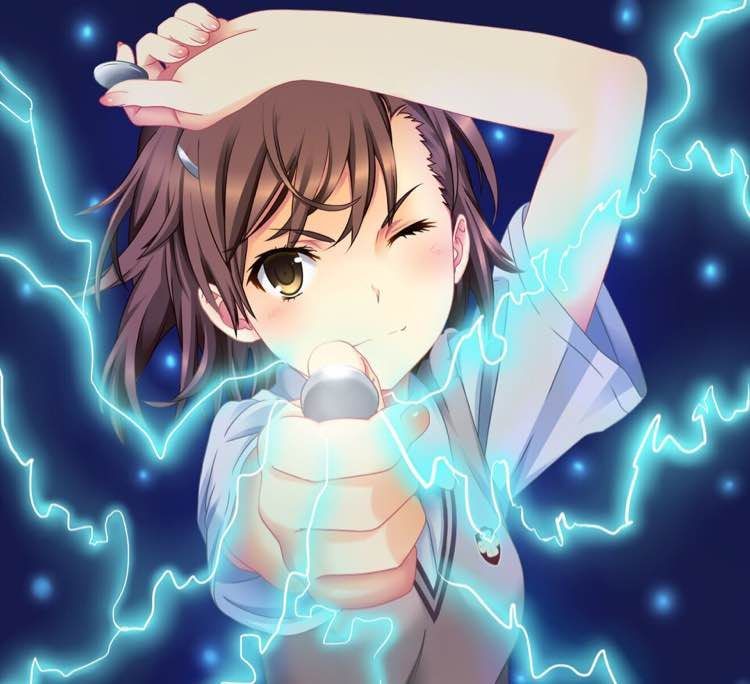
词汇学(3)Morphology Structure of English Words
Morphemes
Structurally, a word is not the smallest unit because many complex words can be separated into smaller meaningful units.
E.g. decontextualization
de-,con-,text-,al-,-iz(e)
These minimal meaningful units are known as morphese. Syntactically, a morpheme is the minimal form of grammatical analysis.
Morphs and Allomorphs
The morpheme is to the morph what a phoneme to a phone. Most morphemes are realized by single morphs like bird,tree,sad,want, etc. These morphemes concide with words as they can stand by themselves and function freely in a sentence. Words of this kind are called mono-morphemic words. Some morphemes are realized by more than one morph according to their position in a word. For instance, the morpheme of plurality {-s} has a set of morphs in different sound context.
E.g. cats /s/ bags /z/ catches /iz/
An allomorph refers to a member of a set morphs, which represent one morpheme. Just as we class phones together as allophones of a single phoneme, so we class morph together as allomorph of a single morpheme. In English, many morphemes can have more than one allomorph, particularly those freestanding morphemes which are functional words in their own right. Once they occur in connected speech, they may be realized by deiiferent forms, depending on whether they are accented or weakened as shown in the table.
| Morpheme | Strong Allomorph | Weak Allomorph |
|---|---|---|
| {am} | /æm/ | /əm/ |
| {was} | /wɒs/ | /wəs/ |
| {to} | /tu: / | /tu/ |
Classifying Morphemes
Free and Bound Morphemes
Morphemes which are independent of other morphemes are free. These morphemes have complete meanings in themselves and can be used as free grammatical units in sentences. They are identical with words, for example, man,earth,wind,car .
Morphemes which cannot occur as separate words are bound. They are named because they are bound to other morphemes to form words or to perform particular grammatical function. Bound morphemes are chiefly found in derived words. They could be divided into two types: bound roots and affix.
Free morphemes are all roots, which are capable of being used as words or as word-building elements to form new words like collect,ideal,prison, whereas bound morphemes consist of either roots or affixes, most of which can be used to create new words like -dict-,-ced-,re-,-ion,ex-,-ist,-ic. But there are a few affixes which can only indicate such grammatical concepts as tense, aspect, number and case. For example, the -ing in watching, -er in easier, -s in books, -ed in worked.
Derivational and Inflectional Morphemes
Inflectional morphemes
- Does not change meaning or part of speech of the stem
- Indicates syntactic or semantic relations between different words in a sentence
- Occurs with all members of some large class of morphemes
- Occurs at margins of words
Derivational Morphemes
- Changes meaning or part of speech of the stem
- Indicates semantic relations within the word
- Occurs with only some members of a class of morphemes
- Occurs before any inflectional suffixes added
Content and Grammatical Morphemes
Content morphemes are laxical morphmems which are used as we see above to derive new words. Grammatical morphmems function primarily as grammatical markers. They encompass both inflectional affixes and free morphemes such as in,and,so,do,have,they,while,but,that, which are traditionally called functional words.
Morphemization and New Morphemes
Morphemization is the process of creating a morpheme using a word, or part a word. However, as a result of globalization, economical development, cultural contact and advances of science and technology, new inventions, concepts and phenomena keep emerging. To meet the linguistic needs, people are creating new morphemes underlying the Economy Principle of language us, which means employment of minimum number of forms for maximum expression. New morphemes are created in two ways, one is through clipping and the other way is using an old form as a morpheme.
Morpheme and Word-formation
Affix
Affixes are forms that attached to words or word element to change or modifying meaning and function. All affixes are bound morphemes because none of them can stand as a word in their own right. According to the function of affixes, they could be divided into inflectional affixes like -s,-ed,-ing, and derivational affixes like pre-,ex-,-dom,-ic. In view of their distribution in the formation of the words, affixes can fall into prefixes and suffixes.
Root, Stem, Base
Root
A root is the basic form of a word which cannot be further analysed without total loss od identity. The root generally carries the main component of meaning in a word.
Stem
A stem mainly consist a single root morpheme as in iron or of two root morphemes as in a compound like handcuff. It can be a root morpheme plus one or more affixational morphemes as in mouthful.
Base
A base is used as an all-purpose term, reffering to a form to which affixes of any kind can be added. It can be a root or stem.



No Comments